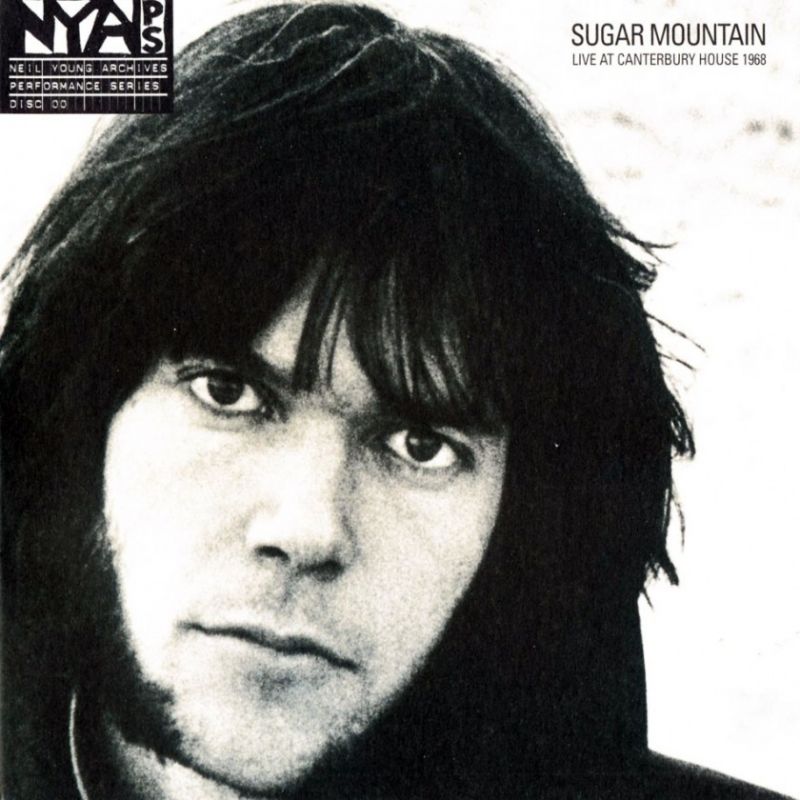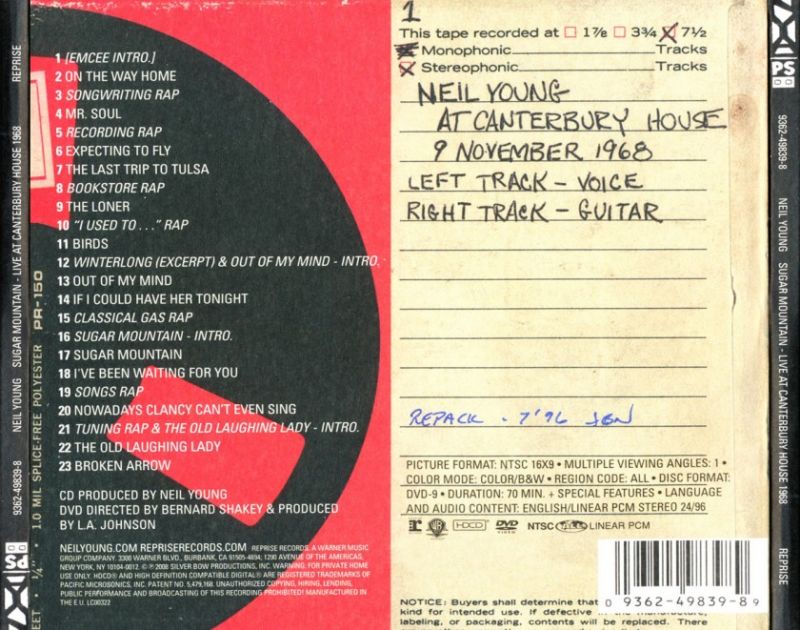 December’s Children (And Everybody’s) is the fifth American studio album by The Rolling Stones, released in late 1965. Drawn largely from two days of sessions recorded in September to finish the British edition of Out of Our Heads and to record their new single—”Get Off of My Cloud”—December’s Children (And Everybody’s) also included tracks recorded as early as 1963.
December’s Children (And Everybody’s) is the fifth American studio album by The Rolling Stones, released in late 1965. Drawn largely from two days of sessions recorded in September to finish the British edition of Out of Our Heads and to record their new single—”Get Off of My Cloud”—December’s Children (And Everybody’s) also included tracks recorded as early as 1963.
Classic album
November 25: The Last Waltz was recorded in 1976 (full 4h20m concert)
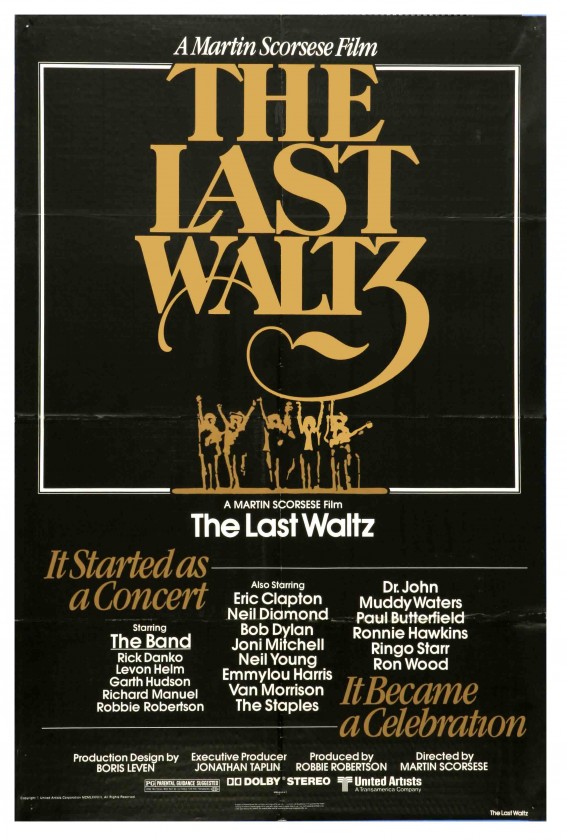
This film should be played loud!
This is a message on a title card at the beginning of the film. The greatest concert movie ever made. This post concerns the movie, the audio releases have to wait for it’s own post.
Wikipedia:
The Last Waltz was a concert by the rock group The Band, held on American Thanksgiving Day, November 25, 1976, at Winterland Ballroom in San Francisco. The Last Waltz was advertised as the end of The Band’s illustrious touring career, and the concert saw The Band joined by more than a dozen special guests, including Paul Butterfield, Eric Clapton, Neil Diamond, Bob Dylan, Emmylou Harris, Ronnie Hawkins, Dr. John, Joni Mitchell, Van Morrison, Ringo Starr, Muddy Waters, Ronnie Wood, Bobby Charles and Neil Young.
The event was filmed by director Martin Scorsese and made into a documentary of the same name, released in 1978. The film features concert performances, scenes shot on a studio soundstage and interviews by Scorsese with members of The Band. A triple-LP soundtrack recording, produced by Rob Fraboni, was issued in 1978. The film was released on DVD in 2002 as was a four-CD box set of the concert and related studio recordings.
Trailer:
I have several versions of the film, and I’ve seen many versions of it. I’ve seen it at the cinema, I’ve played it to death on video casette, I have two DVD releases , a blu-ray release and I’ve seen/heard quite a bit of bootlegs of the show.
This is a film that I’m really passionate about, and I have often wondered if there’s footage, filmed sequences, that is not in the official version. Whatever condition such film would be in was irrelevant, I wanted to see as much as possible of the legendary concert.
Continue reading “November 25: The Last Waltz was recorded in 1976 (full 4h20m concert)”
November 16: The Louvin Brothers released Satan is Real in 1959
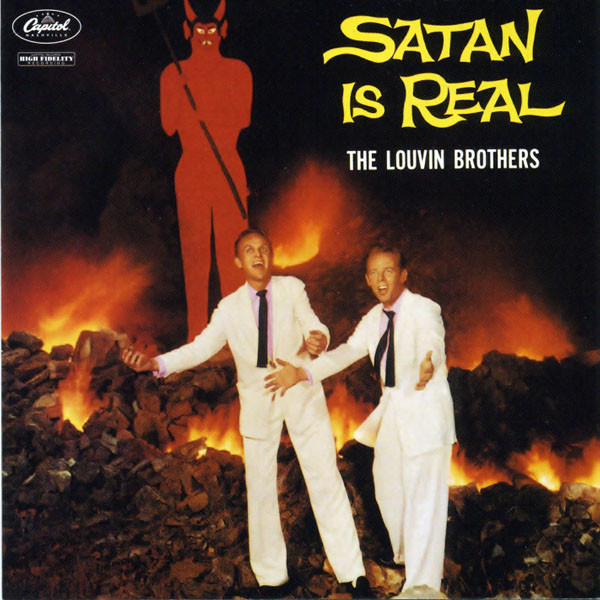
The Louvin Brothers – Satan is Real
What is it about this album?
Why is it so important in the americana /country/gospel music canon?
Satan Is Real is a gospel album by American country music duo The Louvin Brothers.
| Released | November 16, 1959 |
|---|---|
| Recorded | August 8–10, 1958 |
| Genre | Country, Gospel |
| Length | 31:54 |
| Label | Capitol |
| Producer | Ken Nelson, John Johnson (Reissue) |
The gospel/country duo Charlie and Ira Louvin was born and grew up in the Sand Mountain region of Alabama, they lived on a cotton farm south of the Appalachian Mountains, that’s where they developed their distinct harmony style in the deep Sacred Harp tradition of the Baptist church.
Ira Louvin died in a car wreck in 1965. Charlie Louvin died two years ago at 83 just a few months after publishing his story about The Louvin brothers.
In The recently published book, Satan is Real, the ballad of the Louvin Brothers, Charlie talks about their singing style.This is not a straight quote, but it goes something like this:
…people who saw the Louvin Brothers perform were mystified by the experience. Ira was a full head taller than me, he played the mandolin like Bill Monroe and sang in an impossibly high, tense, quivering tenor. I(Charlie) strummed a guitar, grinned like a vaudevillian and handled the bottom register. But every so often, in the middle of a song, some hidden signal flashed and we switched places — with Ira swooping down from the heights, and me angling upward — and even the most careful listeners would lose track of which man was carrying the lead. This was more than close-harmony singing; each instance was an act of transubstantiation.
I could not find any live footage from Satan is real, but this clip of them singing, I don’t belive you’ve met my baby is a fine showcase for their intricate singing style:
“It baffled a lot of people,” Charlie Louvin explains in his fantastic memoir. “We could change in the middle of a word. Part of the reason we could do that was that we’d learned to have a good ear for other people’s voices when we sang Sacred Harp. But the other part is that we were brothers.”
Continue reading “November 16: The Louvin Brothers released Satan is Real in 1959”
November 10: The Clash released Give ‘Em Enough Rope in 1978
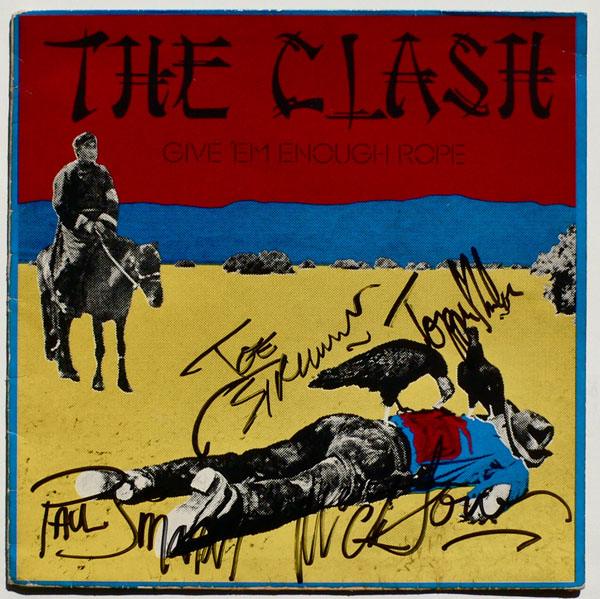
It’s rock and roll all over
In every street and every station
Kids fight like different nations
And it’s brawn against brain
And it’s knife against chain
But it’s all young blood
Flowing down the drain
One of those albums that was played so much on vinyl that it got worn out and bought again (twice!), Fantastic album!
Give ‘Em Enough Rope is one of the greatest transition albums of all time. The Clash was a purely punk album, and the best pure punk album “evvah!” London Calling is an eclectic and unique era-spanning masterpiece. Give ‘Em Enough Rope retain their punk roots, but start to draw in more influence from a more diverse pool. The album turns out to be one of the band’s best, what am I saying?! All their albums are must-haves! (except for the Cut The crap album of course). In true Clash fashion there’s not one bad track to spare.
Give ‘Em Enough Rope is the second studio album by the English punk rock band The Clash. It was released on 10 November 1978 through CBS Records. It was their first album released in the United States, preceding the US version of The Clash. The album was well received by critics and fans, peaking at number two in the United Kingdom Albums Chart.
Tommy Gun (live on Something Else in 1978):
Continue reading “November 10: The Clash released Give ‘Em Enough Rope in 1978”
November 9: Tom Petty & The Heartbreakers released their self titled debut in 1976
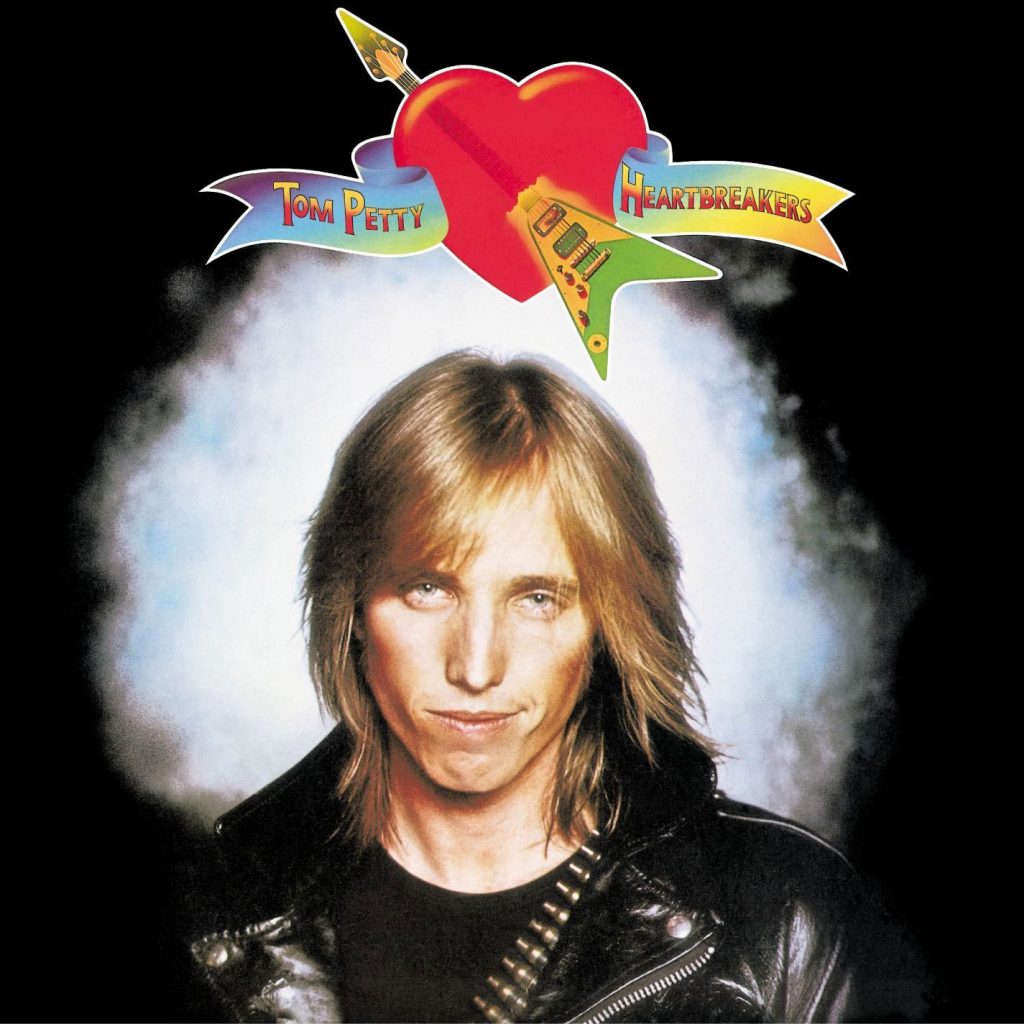
“At the time Tom Petty & the Heartbreakers’ debut was released in 1976, they were fresh enough to almost be considered punk. They weren’t as reckless or visionary as the Ramones, but they shared a similar love for pure ’60s rock and, for the Heartbreakers, that meant embracing the Byrds as much as the Stones. And that’s pretty much what this album is — tuneful jangle balanced by a tough garage swagger. At times, the attitude and the sound override the songwriting, but that’s alright, since the slight songs (“Anything That’s Rock ‘N’ Roll,” to pick a random example) are still infused with spirit and an appealing surface…”
– Stephen Thomas Erlewine (Allmusic)
Tom Petty and the Heartbreakers is the debut album by the band of the same name, released on November 9, 1976 by Shelter Records.
Initially following its release, the album received little attention in the United States. Following a British tour, it climbed to number 24 on the UK albums chart and the single “Anything That’s Rock ‘n’ Roll” became a hit in the UK. After nearly a year and many positive reviews, the album reached the U.S. charts, where it peaked at number 55 in 1978 and eventually went Gold. The single “Breakdown” cracked the Top 40 in the U.S. and “American Girl” became an FM radio staple that can still be heard today.
I got the album in 79 and it made me a Tom Petty & The Heartbreakers fan for life. Continue reading “November 9: Tom Petty & The Heartbreakers released their self titled debut in 1976”
November 9 & 10: Neil Young Sugar Mountain Live at Canterbury House 1968
Neil Young was horribly nervous before the performance and had to be coaxed from his hotel room by his manager Elliot Roberts and the minister of Canterbury House, Dan Burke. Burke tells NPR Music he remembers Neil Young huddled in Young’s hotel room bed, too scared to perform. He told Burke no one would want to hear the Buffalo Springfield tunes or his new tunes. Young was afraid he didn’t have enough material. But he was eventually persuaded to take the small stage.
~Neil Young News
This is a GREAT live album from Neil Young’s two concert @ The Canterbury House, Ann Arbor, Michigan, USA – Nov 9-10 1968.
Wikipedia:
| Released | December 2, 2008 |
|---|---|
| Recorded | November 9 and 10, 1968 |
| Genre | Folk-rock, Country rock |
| Length | 70:15 |
| Label | Reprise |
Sugar Mountain – Live at Canterbury House 1968 is a live album by Neil Young. On November 8–10, 1968, Young performed three shows at Canterbury House in Ann Arbor, Michigan. This album is compiled from the performances on the 9th and 10th.
This album is Volume 00 in the Archives Performance Series. Since volumes 2 and 3 had already been released, this album, while performed earlier chronologically, is the third release from the Series. The Riverboat 1969, released in The Archives Vol. 1 1963–1972in 2009, is the fourth Archive Performance Series released but was performed earlier chronologically than volumes 2 and 3.
The songs, by the way, are beautiful. He does mysterious Springfield compositions (“Broken Arrow,” “Nowadays Clancy Can’t Even Sing”), and provocative newer tunes (“The Old Laughing Lady,” “The Loner”). The version here of “Sugar Mountain,” his enduring lost-adolescence lament written before Springfield, has been previously released as a B-side and on the Decade box set. But hearing it in this context adds to its impact.
~Steve Rosen (pastemagazine.com)
Continue reading “November 9 & 10: Neil Young Sugar Mountain Live at Canterbury House 1968”
